Puthineath Lay
Investigating the detection of Tortured Phrases in Scientific Literature
Oct 24, 2022Abstract:With the help of online tools, unscrupulous authors can today generate a pseudo-scientific article and attempt to publish it. Some of these tools work by replacing or paraphrasing existing texts to produce new content, but they have a tendency to generate nonsensical expressions. A recent study introduced the concept of 'tortured phrase', an unexpected odd phrase that appears instead of the fixed expression. E.g. counterfeit consciousness instead of artificial intelligence. The present study aims at investigating how tortured phrases, that are not yet listed, can be detected automatically. We conducted several experiments, including non-neural binary classification, neural binary classification and cosine similarity comparison of the phrase tokens, yielding noticeable results.
A Neural Approach for Detecting Morphological Analogies
Aug 09, 2021


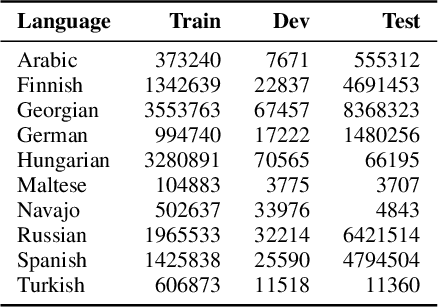
Abstract:Analogical proportions are statements of the form "A is to B as C is to D" that are used for several reasoning and classification tasks in artificial intelligence and natural language processing (NLP). For instance, there are analogy based approaches to semantics as well as to morphology. In fact, symbolic approaches were developed to solve or to detect analogies between character strings, e.g., the axiomatic approach as well as that based on Kolmogorov complexity. In this paper, we propose a deep learning approach to detect morphological analogies, for instance, with reinflexion or conjugation. We present empirical results that show that our framework is competitive with the above-mentioned state of the art symbolic approaches. We also explore empirically its transferability capacity across languages, which highlights interesting similarities between them.
On the Transferability of Neural Models of Morphological Analogies
Aug 09, 2021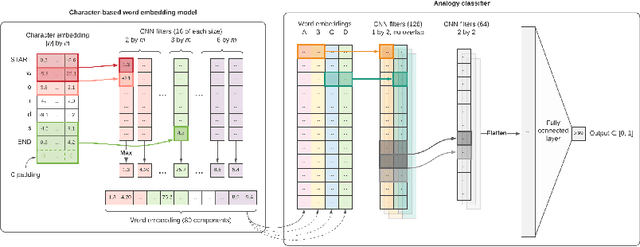
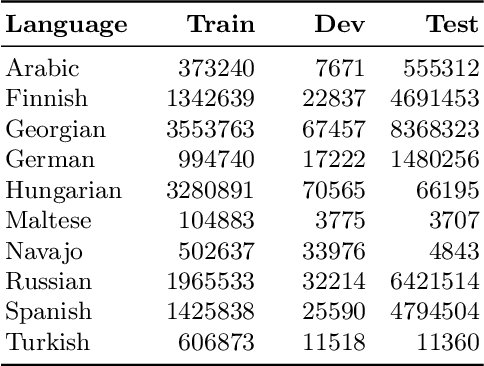
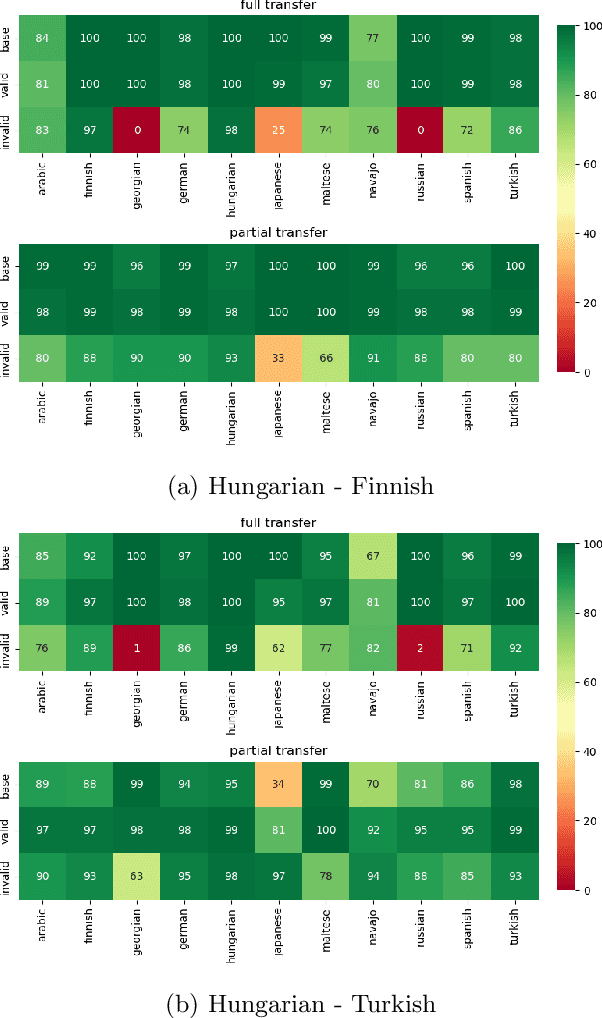
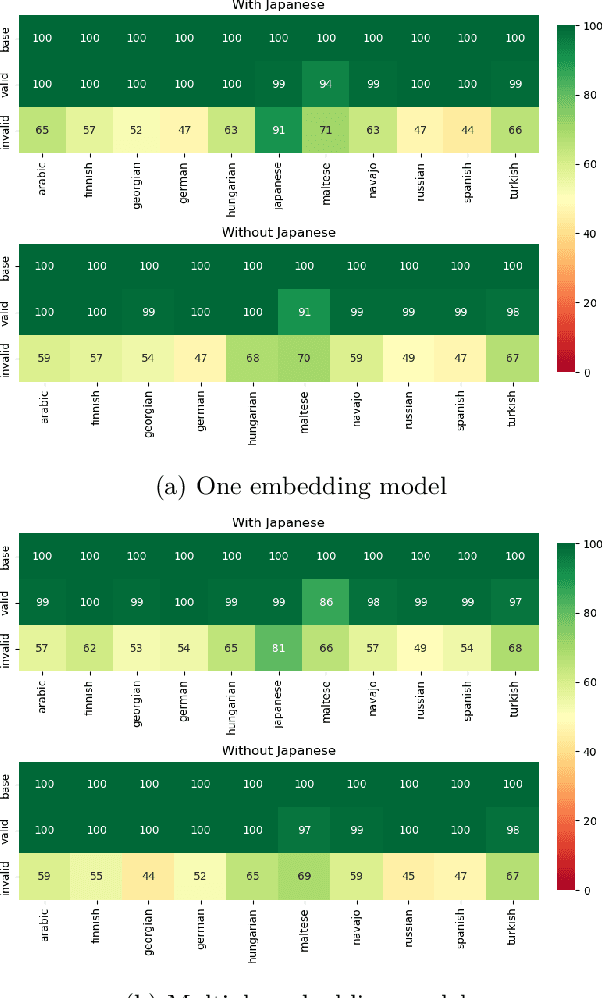
Abstract:Analogical proportions are statements expressed in the form "A is to B as C is to D" and are used for several reasoning and classification tasks in artificial intelligence and natural language processing (NLP). In this paper, we focus on morphological tasks and we propose a deep learning approach to detect morphological analogies. We present an empirical study to see how our framework transfers across languages, and that highlights interesting similarities and differences between these languages. In view of these results, we also discuss the possibility of building a multilingual morphological model.
 Add to Chrome
Add to Chrome Add to Firefox
Add to Firefox Add to Edge
Add to Edge